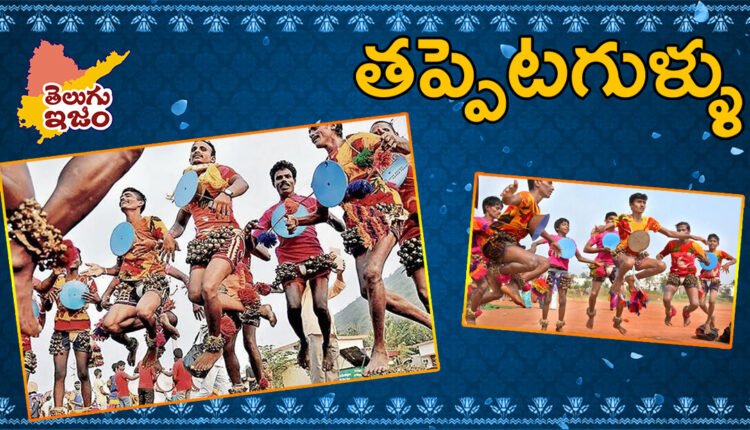Tappeta Gullu : An Important & Significant Traditional Art Form
Tappeta Gullu : A Traditional dance performed by the Yadava caste and other related communities in the districts of Srikakulam, Vizianagaram, Visakhapatnam, and other parts of Andhra Pradesh. It is a dance form associated with the herding communities who spend their time tending to sheep and goats in fields and forests. Tappetagullu serves as a means of entertainment and companionship during the night while guarding the herds.
Tappeta Gullu & Performers
During Tappetagulu, the performers adorn themselves with plowhorns and peacock feathers. They engage in lively dance movements, including bending, lifting, jumping, spinning, and various postures. The dancers also produce rhythmic sounds by playing foil tapes tied around their chests and legs. The songs sung during Tappetagulu revolve around Lord Krishna and encompass a wide range of themes from Hindu epics like the Ramayana, Mahabharata, and Bhagavad Gita.
The origin of Tappetagulu can be traced back to Srikakulam district approximately 400 years ago. Over time, it has spread to other districts in the region. The performers, often referred to as Gollas, sing in local dialects, rural slang, and regional languages, thereby preserving the folk traditions and cultural heritage of the area. Tappetagulu is an integral part of rural festivals and fairs, adding vibrancy and joy to the celebrations.
Typically, a group of 15 to 20 dancers forms a circular formation and performs Tappetagulu. The group is led by a Guru or leader who not only dances with plowhorn flowers but also sings kirtans, narrating stories from Hindu scriptures and historical events. The performance showcases the talents of the artists through various sequences and expressions. Intricate formations, such as human pyramids and acrobatic acts, are also incorporated, making it a captivating spectacle.
Tappetagulu has gained recognition as an important cultural art form, cherished by rural communities and appreciated at the national level. The artists dedicate their time and efforts to practice and perfect the dance, often training their children from a young age. They perform at local festivals, national events, and even on international platforms, spreading the richness and uniqueness of Tappetagulu to a wider audience.
Also Read : Gobbemmala Koluvu Veduka : An Entertaining Event In Sankranti


Comments are closed.